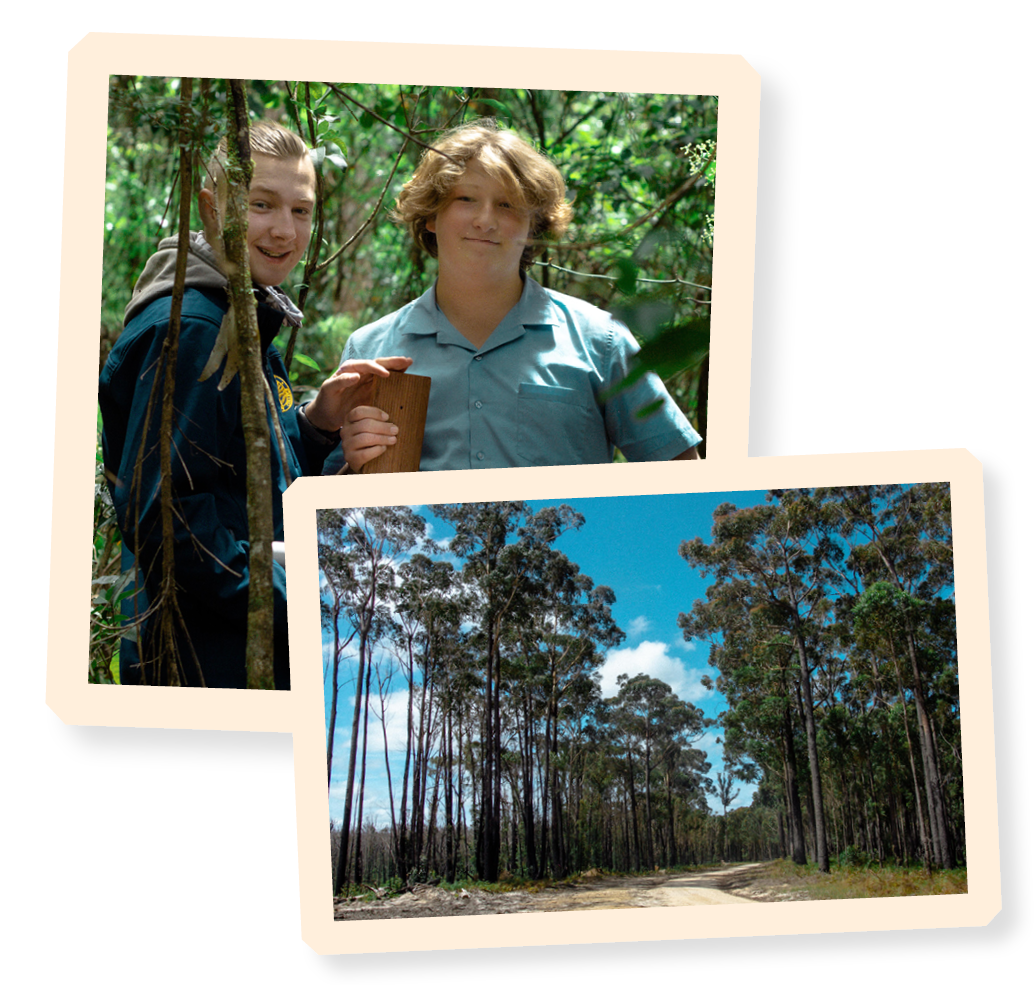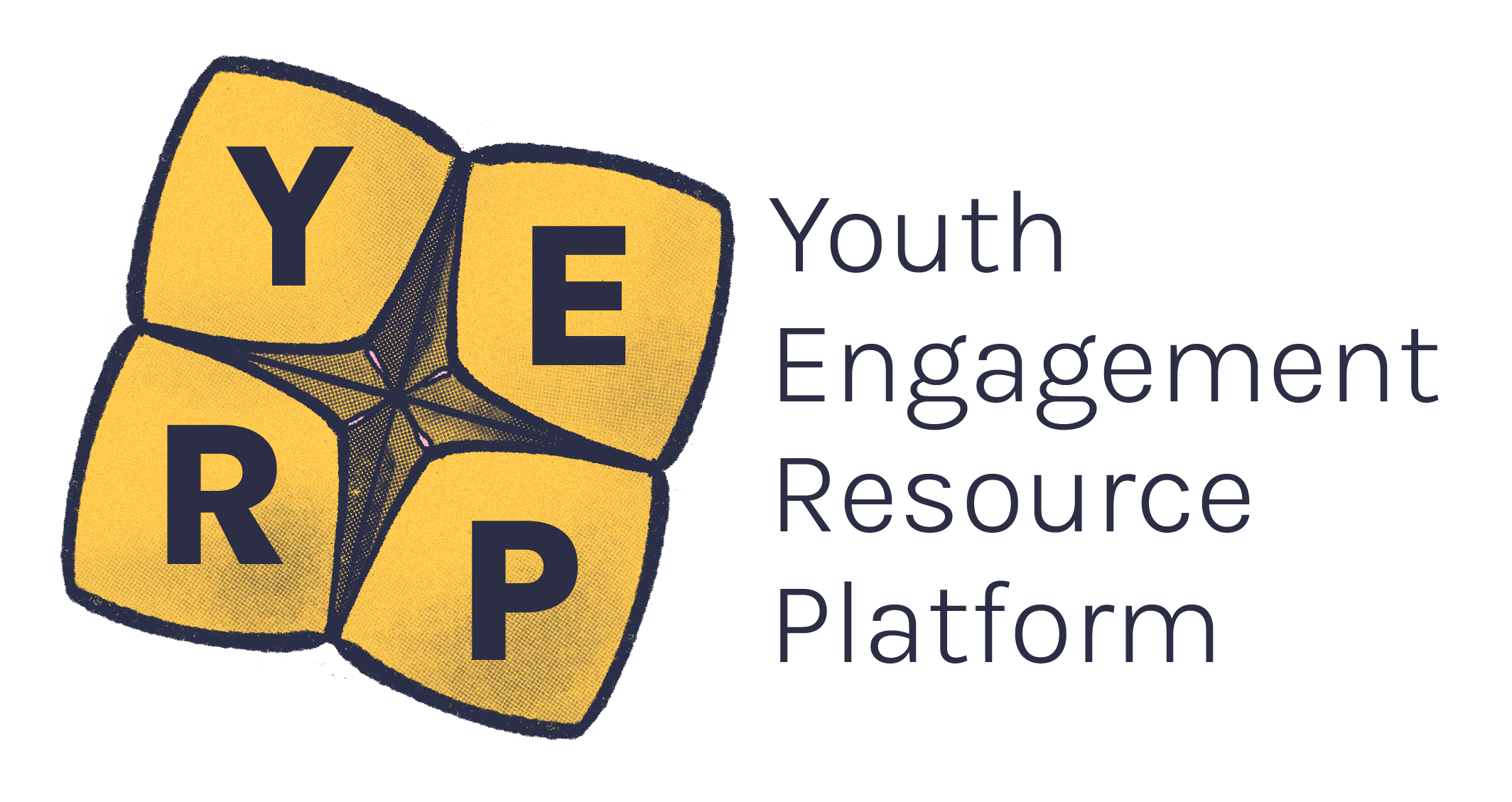Climate change is one of the most pressing issues facing humanity, and more frequent and more severe climate disasters as a result of these changes are why.
Disasters impact young people in unique ways:
- They are often left out of conversations about preparation for disasters as well as recovery.
- During disasters, essential ways to stay connected such as the internet and roads can be affected, as well as access to work, study and support services.
- Recovering from what’s been lost and anxiety around future disasters.
Young people are brilliant leaders. They have potential to equip their communities with skills, expertise and support during challenging times. They’re experts in their own lives and have important and equal contributions to make in disaster recovery.
Their unique lived experience, ways of thinking and broader skills enable them to contribute to their communities in meaningful ways. As a youth worker, your role is to support and empower them to do so.
Young people aren’t just important for our community’s future, they’re important for our present.
–Errol and Quinn Obran
[Slow music]...
Sarah: Hi everyone, my name Sara and I use she/her pronouns.
I currently live on Wadawurrung Country in the southwest of Victoria, but I grew up on Yuin Country, which is on the far south coast of New South Wales.
It was there that I experienced Black Summer bushfires of 2019-2020. As such, I'm here to talk to about youth participation in disaster preparation and recovery.
Young people bring unique skills and experiences to assist in the creation and the development of disaster preparation and recovery.
This is mainly due to natural disasters diversely affecting young people in ways that may be completely different to how they affect other members of the community.
Young people are the ones who are the experts on their own minds and the issues that affect them such as natural disasters.
As such, they deserve to be welcomed with a seat at the metaphorical table, that is disaster preparation and recovery.
As I mentioned, I lived through the Black Summer bushfires. Through this though, I witnessed first hand not only the effect that this disaster had on young people, but also the motivation and the passion that was brought forward as the result.
Young people began coming together in our small community and meeting in the name of positive change that were motivated by common goals ranging from wildlife preservation in bushfires to actively seeking out Members of Parliament to discuss policy change and climate related issues.
Each young person is equipped with the skills and the potential to become leaders in disaster recovery and resilience, built upon by both their lived and lived experiences.
Oftentimes, the young people just lacked the support and the encouragement to voice and utilise these skills.
So we listen quietly to what young people have to say, encourage young people to enter the spaces and invite them in in ways that are tailored towards them. Only then will we see these incredible impacts for both young people and the broader community.
[Slow music fades out]...
Community Recovery Committees (CRCs) are groups who lead recovery efforts. They centre local voices and expertise during recovery, resilience and (re)building efforts, planning and delivery.
Having at least one designated position for a young person on a CRC brings unique expertise, such as:
- Lived experience of what being a young local community member is like.
- Direct access to their young peers who may not have the opportunity to contribute to community planning and recovery processes.
By including young people in community responses, you can:
- improve their engagement with their communities
- improve social isolation or feelings of disconnection
- support their development and wellbeing
- help them to build self-worth and civic pride.
Young people may need encouragement to put themselves forward, and once selected, should be supported to ensure they feel welcome and equal, and understand the CRC processes and what’s expected of them.
For young people in Eastern Victoria, local Community Recovery Committee are listed on Our Recovery.
Young people meeting with Inspector-General for Emergency Management staff.
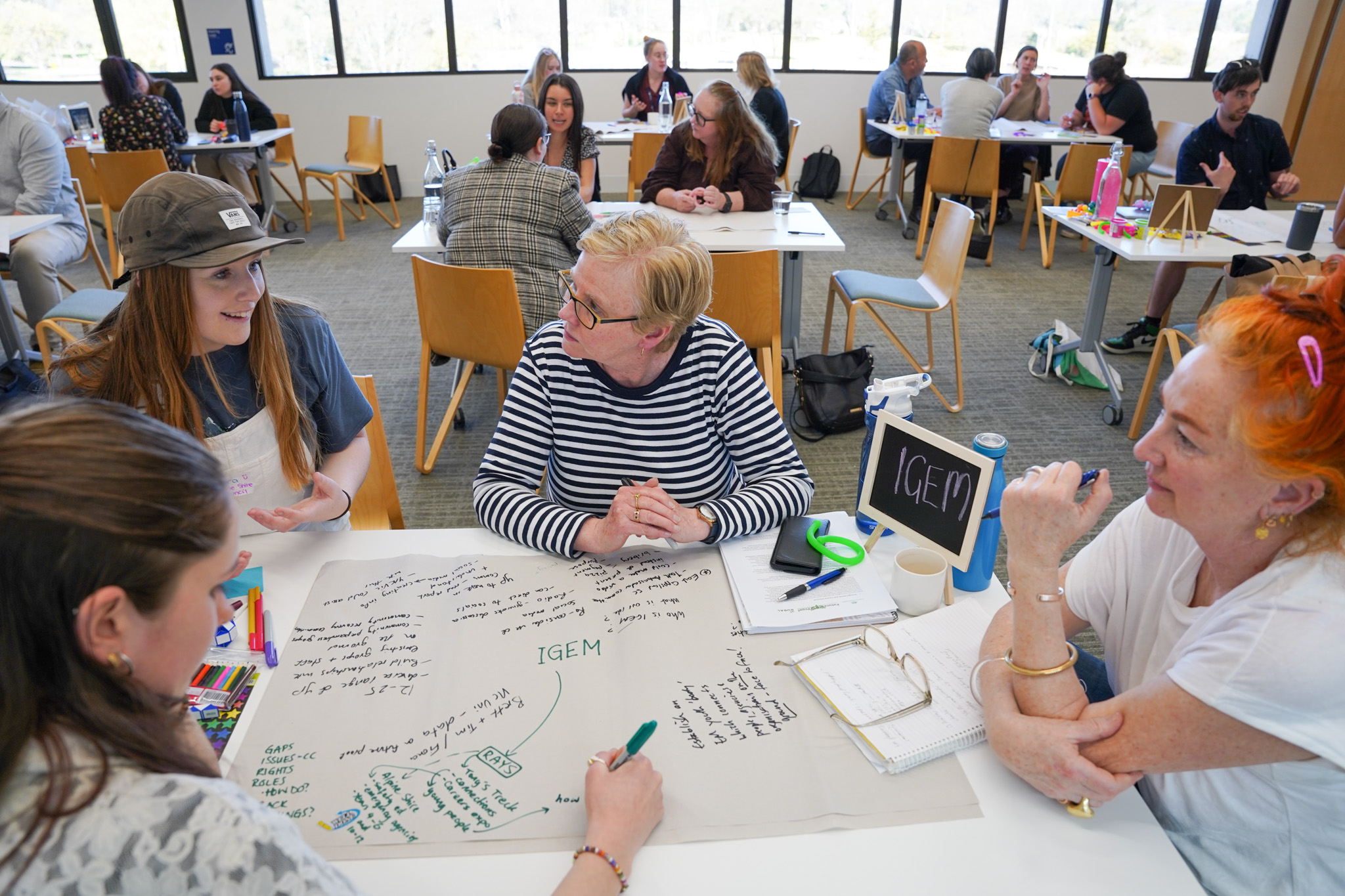
Youth Advisory Groups (YAG), consultation and committee groups bring young people together to share experiences, and co-design solutions to challenges they face, in a safe and supportive environment.
Most local councils in Victoria provide youth services and have a youth council. If not, they may have other youth-led or coordinated programs that provide local young people with the opportunity to work with local council to meet their needs and enhance opportunities for young people.
If a young person is interested in joining their local council, you can support them to contact their local council’s youth services team.
If a young person’s local council doesn’t have an opportunity for them or they simply don’t exist yet, encourage the young person to establish one and work with their local council to get one off the ground.
Hosting public activities and events to bring people together and attract visitors is an important step towards recovery for the whole community, especially for young people.
Social connection is particularly important for young people and is often impacted significantly during disaster and recovery. Centring young people at these events can make them feel seen, engaged and connected.
Some event ideas:
- Community BBQ
- Youth photo exhibition at the local gallery
- Farmers markets
- Fetes, fairs and festivals
- Community tree planting
- Film screenings
- Talent shows and charity concerts
You can also support young people to organise their own community events. FReeZA is a fantastic Victorian Government program run by The Push that gives young people aged 12–25 the chance to organise, lead and perform live music, dance parties and other events.
An outdoor photo exhibition organised by young people in Sarsfield, on Gunaikurnai Land.
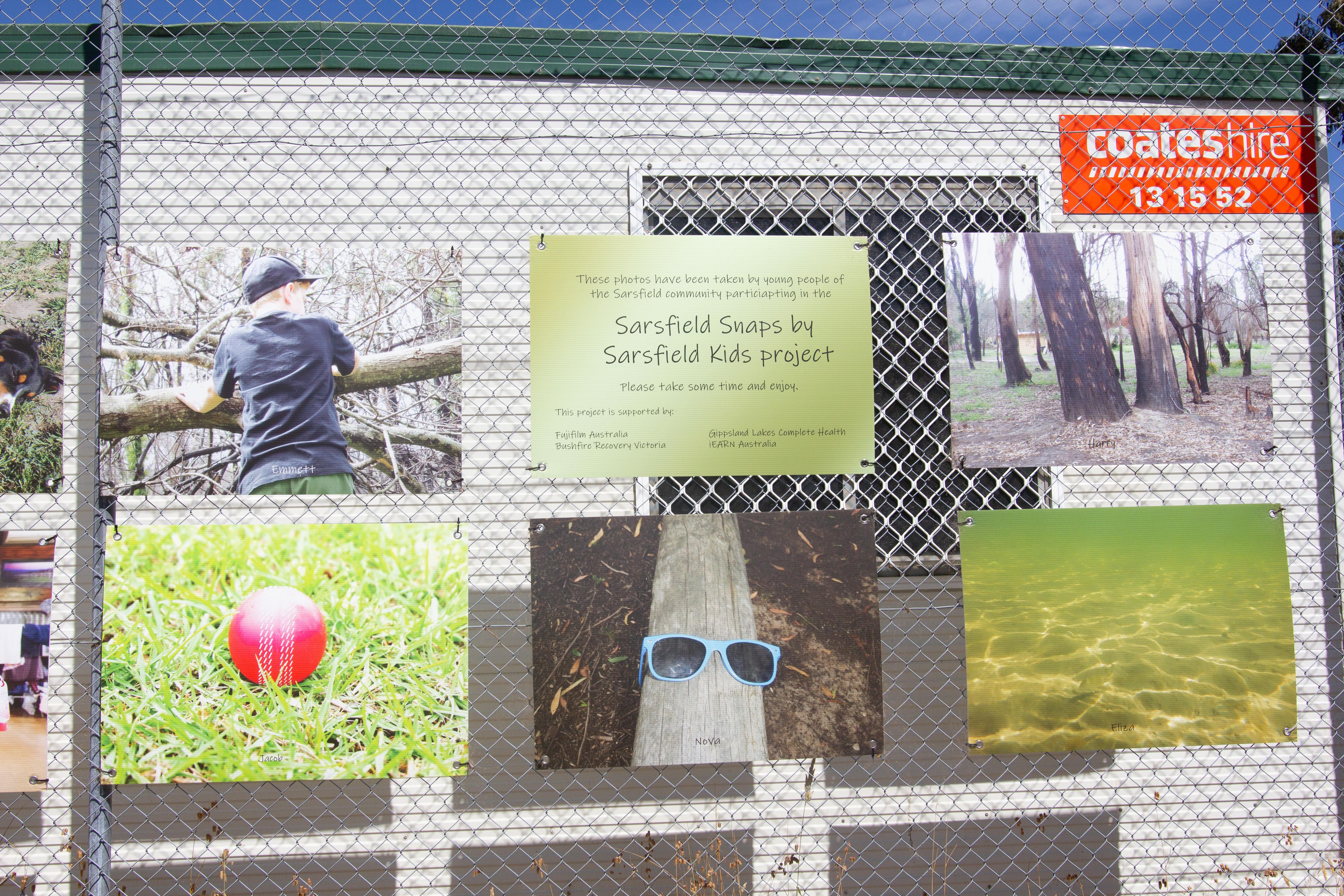
Hear from Elvie (she/they) and Lara (she/her) from the Alpine Shire youth team share their inspiring journey with the Future Proof project. Discover how they’ve broken down barriers between young people and local councillors through innovative thinking and meaningful connections. This video highlights the creative strategies they used to empower youth voices in decision-making and create lasting change in the community.
Junior Programs boost volunteer emergency services capacity in local communities. Many exist within the Country Fire Authority (CFA), State Emergency Service (SES), and St John Ambulance Victoria.
Young people receive accredited, recognised training as part of their role, ranging from:
- First aid
- General rescue
- Chainsaw operations
- Community education
- Media training and much more.1,2,3
They also gain leadership and teamwork skills, confidence and a greater understanding of disasters.3 These programs could be a great way to encourage the young people you work with to get involved.
Giving young people opportunities to undertake meaningful work experience adds value to the future of the local workforce and initiatives for disaster preparedness, response and recovery.
In these roles, young people need to be given real and meaningful tasks and be trained adequately to complete what’s required of them. They must be treated with respect and trusted to do the job well.
It’s also important that they’re fully informed of their role and what’s expected of them.
This will give them a taste of working life and help them learn new skills that aren’t taught in the classroom, including:
- Solving real-life problems and seeing the impact of their work.
- Researching market conditions and learning how they affect businesses.
- Communicating with different people with different skill sets.
- Learning about new technologies and how they’re used in the workplace.
Working in different roles to see what they entail on a day-to-day basis.2
Young people on Gunaikurnai Land installing refuges for native fauna.

Working with young people to design and rebuild community spaces and facilities is key to making them accessible. It’s a great way to involve the community and ensure they are motivated to interact with these spaces by having a say in their development.
Young people can have great ideas for municipal planning, footpath development, libraries, local parks and community facilities – not just skateparks!
Fun and creative design workshops and events can draw on and highlight young people’s design skills, and their artistic and creative abilities.
Young people in YACVic’s bushfire recovery consultations identified the need for skill development and career pathways in local industry, including local government, trades, retail, administrative services, and state government agencies.
Apprenticeships and traineeships are an important way to meet this need, and the additional capacity and skills needed during disaster recovery operations provide an opportunity to think creatively about training and supporting local young people. Learn more from Apprenticeships Victoria.
Some qualifications pathways a young person might pursue include:
- Certificate II in Firefighting
- Certificate II, III or Diploma in Public Safety
- Certificate IV in Mental Health
- Certificate III, IV or Diploma in Community Services
- Certificate IV or Diploma of Youth work
- First Aid
- Communications training
- Auslan interpreting
South West TAFE on Gunditjmara Country.
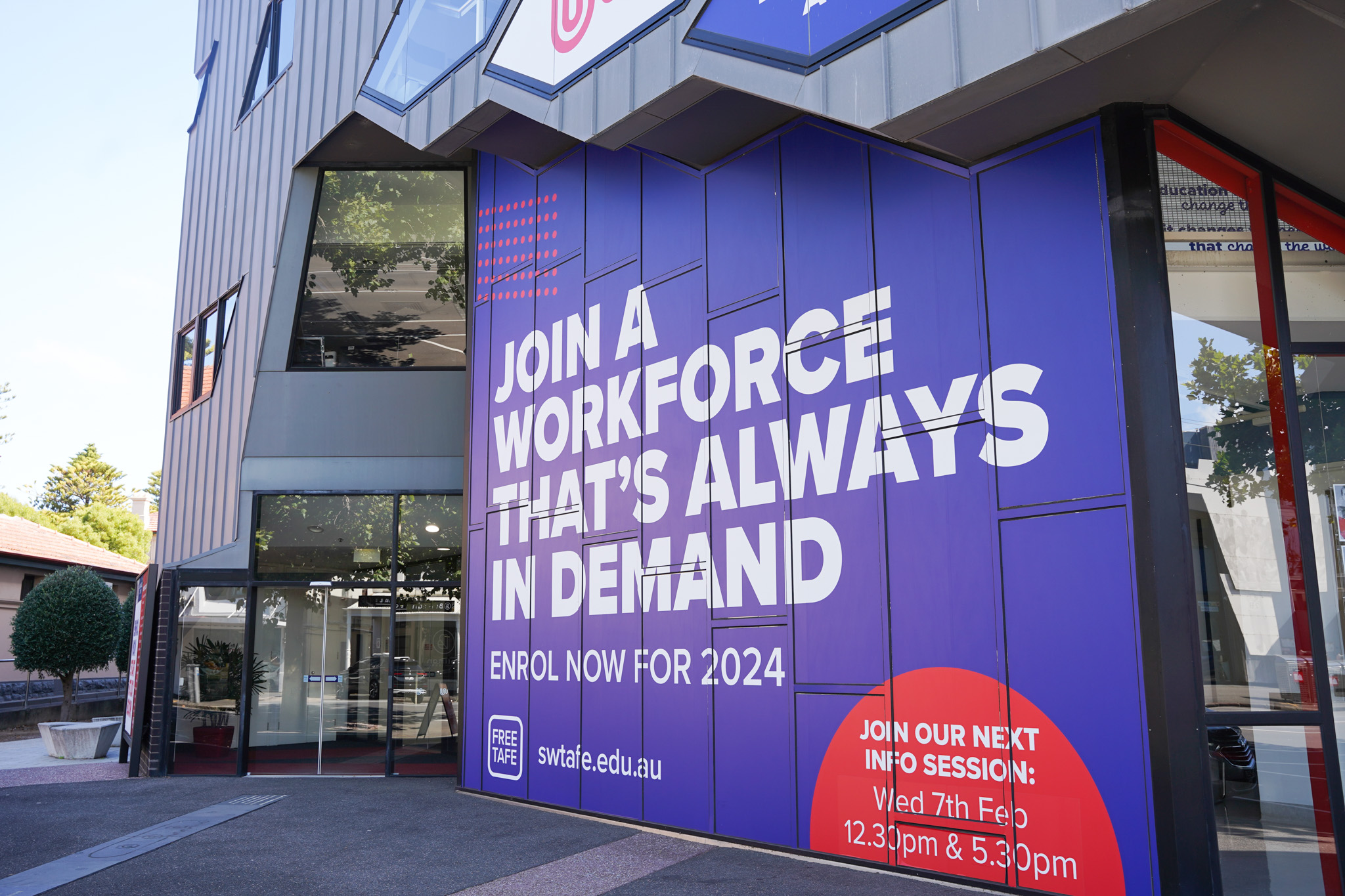
Apps
The best way to stay informed in an emergency is by using emergency apps. For example, Vic Emergency is free, simple and provides live notifications which immediately inform you of what is happening around you.
More emergency app information.
Radio
ABC radio is available Victoria wide. Local stations are best for live updates.
Training
The CFA have a free online training module to upskill you on ways to be fire safe. We recommend the ‘Bushfire safety for workers’ module.
Close-up of a car radio.
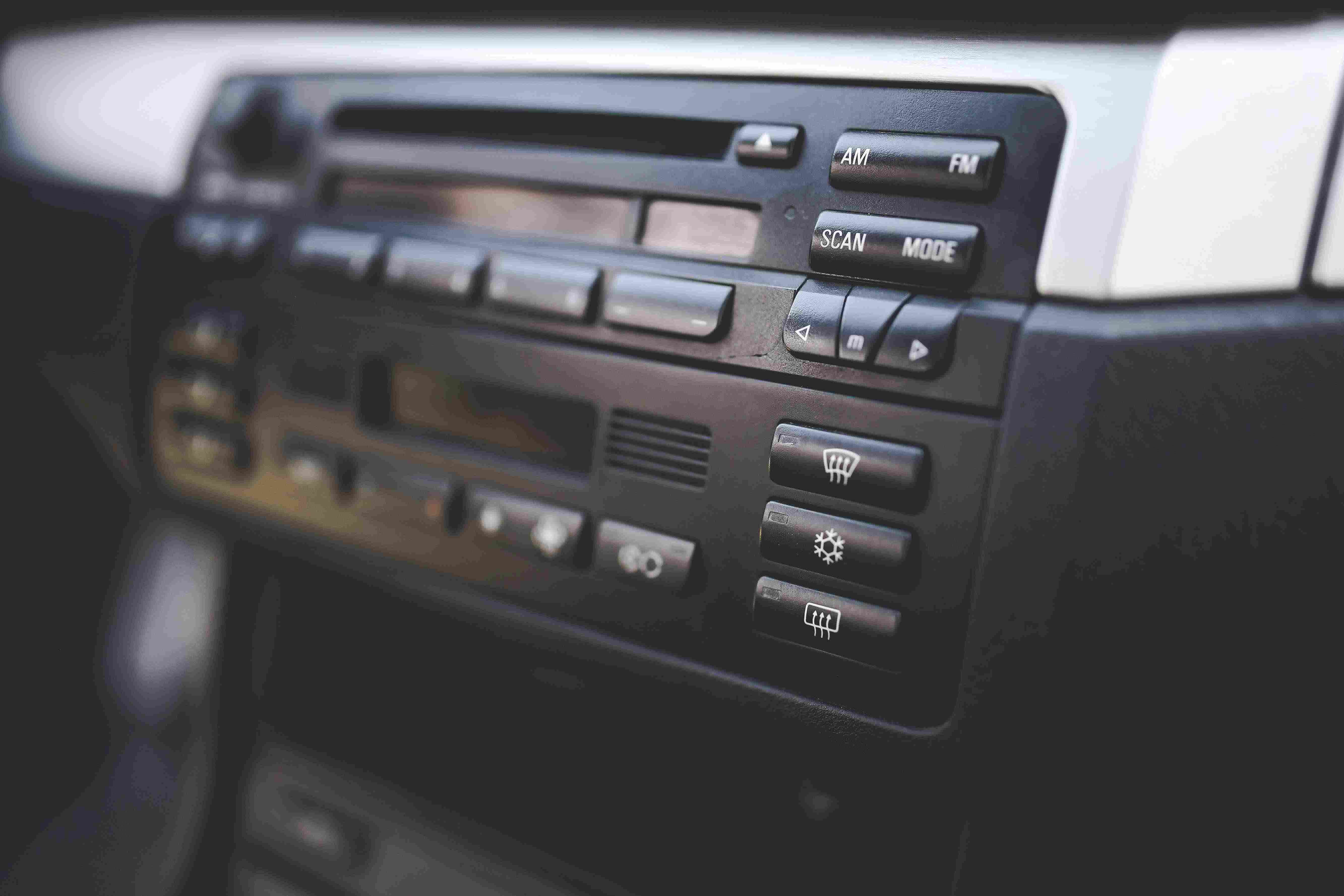
Floods can happen in all different parts of Victoria. As disabled young people, it's important that we know what to do if there is a flood in our area.
One of the most helpful things we can do is to make an emergency plan.
What is an emergency plan?
An emergency plan is a set of steps for you to follow if there is a flood in your area, it can be hard to focus during stressful events like floods.
Having a plan means that you won't have to make as many decisions when you are feeling emotional.
Make sure your plan is accessible for everyone in your family. This might mean having an audio recording of the plan or having an Easy English version, you can ask for help to make an emergency plan. For example, your family members, support workers and friends might be able to help you with your emergency plan.
You should practice your emergency plan with your family so that you all understand what you have to do in a flood or other disaster.
What should be in my emergency plan?
Your emergency plan should tell you what you need to do in an emergency, where you will go and when you will go.
What will I do in an emergency?
You can take action when you know there is going to be floods in your area. For example, you can move items on the floor to somewhere higher, so they will be safe. If water comes into the house. You can also turn off all power points and unplug electrical items so you don't get shocked if water comes into the house.
Where will I go?
Think about your access needs when you decide where you will go if there is a flood or other disaster. For example, if you have sensory difficulties, it might be better to stay with a friend or family member, rather than go to a refuge centre because refuge centres can be very crowded and might be overwhelming.
Your plan can have several options for where you might go in a flood or other disaster. For example, if the road to get to one place is closed, you can go to a place that's in a different direction.
When will I go?
If there is going to be floods in your area, leave as early as you can. For example, you might need to leave the night before it is going to flood so that you have enough time to get to a safe place. Do not wait until you can see flood water. By the time you can see flood water, it might not be safe to leave.
For more information about how disabled young people can be ready for floods or other disasters, visit the YACVic Rural Disaster Hub. That's www.YACVic.org.au/Rural/Disaster-Hub
Thank you for watching.
Disaster Hub
Our Disaster Hub has great information about preparing for disasters and involving young people in recovery, including:
- How to prepare for disasters like making an emergency plan and kit.
- Information and supports for different disasters, from fires to floods.
- Trauma-informed language guide
- Case studies
- COVID-19 resources and recovery plans
Change Agents training
YACVic runs training specifically around youth participation and disaster resilience. Contact our Participation & Development team to learn more.
Indigo Shire Youth for Climate Action (ISYCA)
Charlotte Morris (she/her) and Ella Cheeseman (she/her) present and share their experiences as part of the Indigo Shire Youth for Climate Action (ISYCA). Founded in 2020, ISYCA is a youth ran climate action group that aims to empower the youth of the Indigo Shire region to take climate action within our community.
Youth-focused disaster recovery protocols
The Youth Focused Disaster Recovery Protocols establish a disaster recovery framework for:
- Federal, state and local government emergency and recovery services and committees
- Institutions
- Local youth services
- Youth workers
- Anyone else who engages with young people in disaster affected areas.
They provide guidance on the consideration and inclusion of young people in post-disaster recovery and rebuilding and aims to ensure positive outcomes for young people affected by disaster.
- State Emergency Service. (2024). Junior accredited units and child safety. https://www.ses.vic.gov.au/join-us/volunteer-roles/junior-accredited-units
- Country Fire Authority. (2023). Junior volunteers. https://www.cfa.vic.gov.au/volunteers-careers/volunteer-with-cfa/junior-volunteers
- St John. (2024). St John youth service through adventure. https://www.stjohnvic.com.au/community-programs/st-john-youth/

